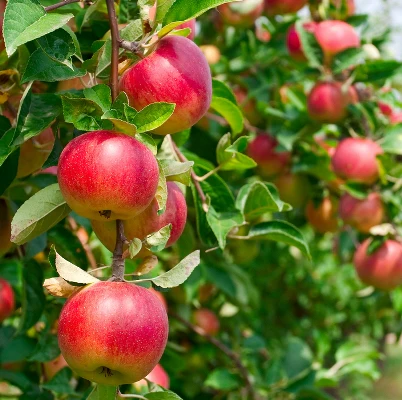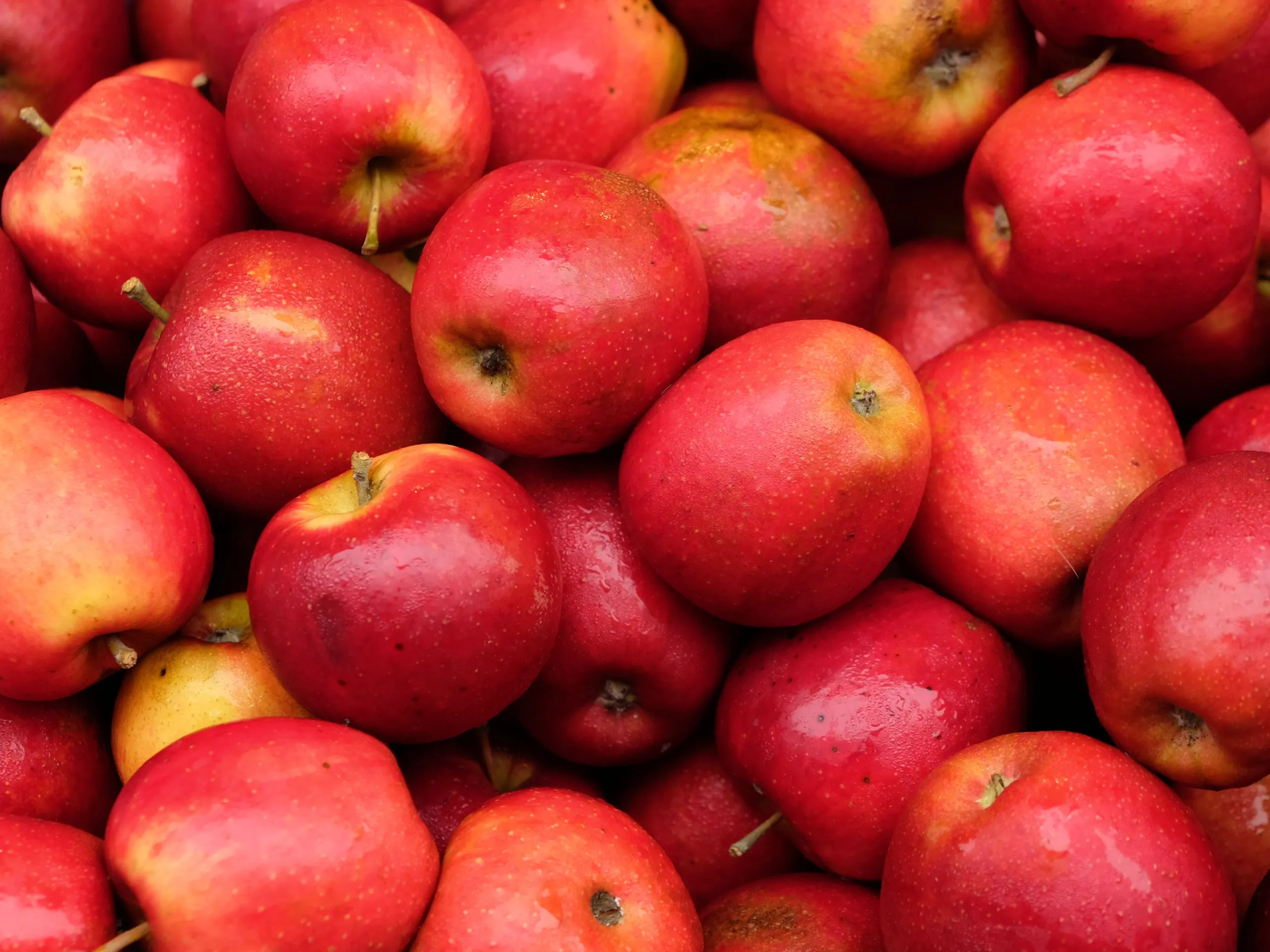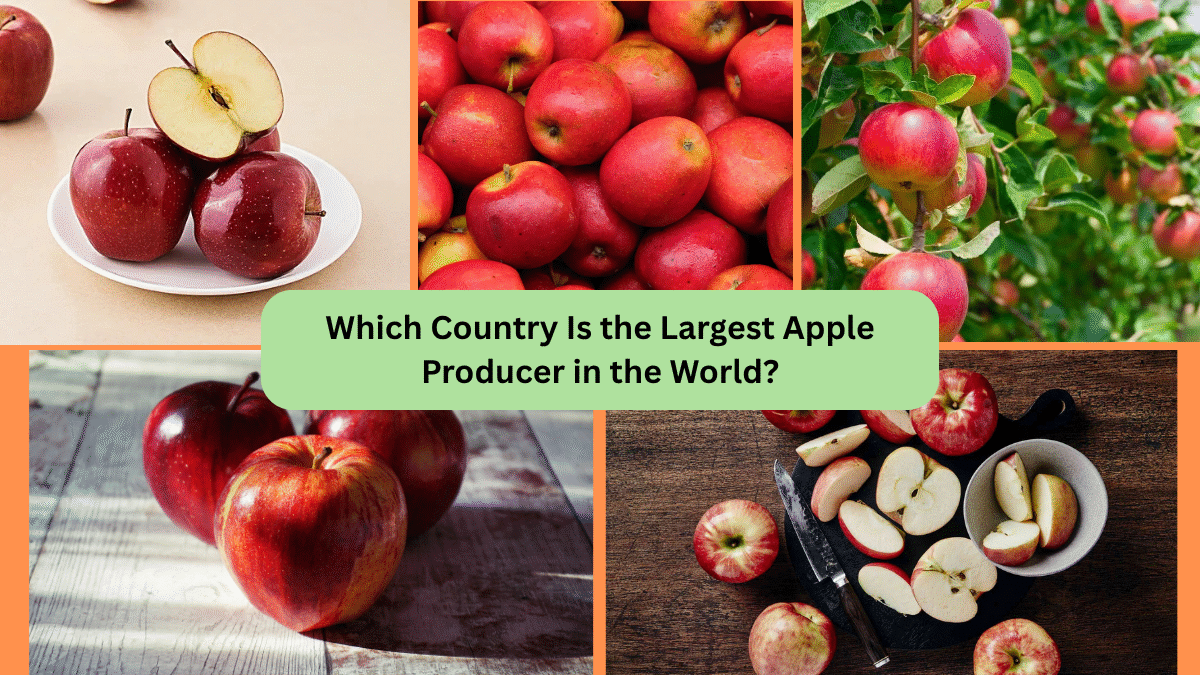Apples are one of the world’s most beloved fruits, enjoyed by people of all ages for their crisp texture, refreshing taste, and remarkable versatility. From being a healthy snack to starring in classic desserts like apple pies and tarts, apples hold a special place in countless kitchens across the globe. But have you ever wondered which country leads the world in apple production? Let’s delve deep into the fascinating world of apple cultivation, global production rankings, and the rich history behind this iconic fruit.
A Brief History of Apple Cultivation

The apple’s journey began thousands of years ago in Central Asia, particularly in the mountainous regions of what is now modern-day Kazakhstan. The ancient wild ancestor of today’s domesticated apple, Malus sieversii, still grows in that region. Through centuries of trade, migration, and agricultural innovation, apples spread across continents, becoming a staple in Europe, the Middle East, and eventually the Americas.
Today, apples are cultivated in temperate climates around the world, prized for their adaptability to various soils, climates, and growing conditions. The fruit has evolved to include over 7,500 varieties, ranging in color, flavor, texture, and culinary uses.
Global Apple Production Overview
Apples are among the top three fruits produced globally, along with bananas and grapes. According to recent data from the Food and Agriculture Organization (FAO) of the United Nations, global apple production hovers around 86 million metric tons annually. The largest producers tend to be countries with extensive temperate and subtropical regions suitable for apple cultivation.
While several countries contribute significantly to global apple production, one nation stands far above the rest — both in scale and in economic impact.
The Largest Apple Producer in the World: China

Without question, China holds the title of the largest apple producer on the planet. This agricultural giant is responsible for a staggering 45-50% of the world’s total apple output, producing over 41 million metric tons annually. That’s more than three times the combined production of the next three leading countries!
Quick Production Stats:
- China’s annual apple production: 41+ million metric tons
- Percentage of global production: Approximately 48-50%
- Key apple-growing provinces: Shandong, Shaanxi, Hebei, Shanxi, and Gansu
- Famous Chinese apple varieties: Fuji, Gala, Qinguan, Huaniu
Why Is China the Top Apple Producer?
Several factors contribute to China’s dominance in apple production:
Vast Agricultural Land
China’s vast geography provides extensive land resources suitable for apple orchards. Provinces like Shandong and Shaanxi are particularly renowned for their ideal apple-growing conditions — with moderate rainfall, fertile soils, and distinct seasonal changes.
Government Support and Agricultural Investment
The Chinese government has consistently invested in modern agricultural practices, irrigation systems, and research into apple varieties. This support has helped farmers maximize yield and quality.
High Domestic Demand
China’s enormous population creates strong domestic demand for fresh apples, processed apple products, and exports. Apples are one of the most popular fruits in Chinese markets, often gifted during festivals and used in traditional medicine for their cooling and detoxifying properties.
Export Capabilities
China also exports a significant amount of apples to neighboring countries and regions, including Southeast Asia, Russia, and the Middle East, capitalizing on its production surplus.
Other Top Apple-Producing Countries

While China sits firmly in the top spot, several other countries also play vital roles in global apple production.
United States
The United States is the world’s second-largest apple producer, contributing around 4.7 million metric tons annually. The states of Washington, New York, Michigan, Pennsylvania, and California are major apple-growing regions.
Washington State alone accounts for over 65% of the nation’s apple production. Popular American apple varieties include Red Delicious, Golden Delicious, Granny Smith, Gala, Fuji, and Honeycrisp.
Turkey
Turkey ranks third, producing around 3.6 million metric tons of apples each year. The country’s diverse climate allows for the cultivation of a wide range of apple varieties, particularly in the Isparta, Nigde, and Karaman regions.
Poland
Poland is Europe’s largest apple producer and the fourth-largest globally, with an annual production of around 3.3 million metric tons. Poland is known for its high-quality apples, exporting significant quantities to European markets, the Middle East, and India.
India
Rounding out the top five is India, producing approximately 2.4 million metric tons annually. Apples are primarily grown in the northern Himalayan states of Himachal Pradesh, Jammu and Kashmir, and Uttarakhand.
Popular Apple Varieties Around the World

Apples come in thousands of varieties, each with unique flavors, textures, and uses. Some of the most popular and widely grown types include:
- Fuji: Originating in Japan, known for its sweet, crisp flesh.
- Gala: A sweet and mild apple popular for snacking.
- Granny Smith: A tart green apple used in baking and salads.
- Red Delicious: Known for its deep red skin and mild sweetness.
- Honeycrisp: A favorite for its perfect balance of sweet and tart.
- Golden Delicious: Sweet, soft, and versatile in cooking.
In China, Fuji apples dominate both in production and consumption due to their sweet flavor, long shelf life, and appealing red blush.
The Economic Importance of Apples
Apples are not only a dietary staple but also a critical economic crop. The global apple market is valued at over $90 billion USD, encompassing fresh apple sales, processed products (juices, sauces, dried apples), and export revenues.
For countries like China and the United States, apple farming sustains millions of jobs — from orchard workers to processing plant staff and logistics providers. Apple festivals, agritourism, and pick-your-own orchards also contribute to rural economies.
The Future of Apple Production

The apple industry faces several modern challenges and opportunities:
Climate Change
Shifting weather patterns threaten traditional apple-growing regions, impacting bloom times, fruit quality, and disease prevalence.
Technological Innovation
Advances in precision agriculture, pest control, drone monitoring, and genetic improvement offer promising solutions to enhance productivity and sustainability.
Changing Consumer Preferences
There’s growing demand for organic apples, new apple hybrids, and sustainable farming practices. Varieties like Cosmic Crisp and SnapDragon are gaining popularity in North America.
Conclusion
So, which country is the largest apple producer in the world? — It’s unmistakably China. With its enormous production volume, diverse growing regions, and thriving domestic and export markets, China has secured its place as the global leader in apple cultivation.
As global agriculture evolves in response to climate, technology, and consumer trends, apple lovers can look forward to even more flavorful, sustainable, and innovative varieties gracing markets worldwide.





Leave A Comment